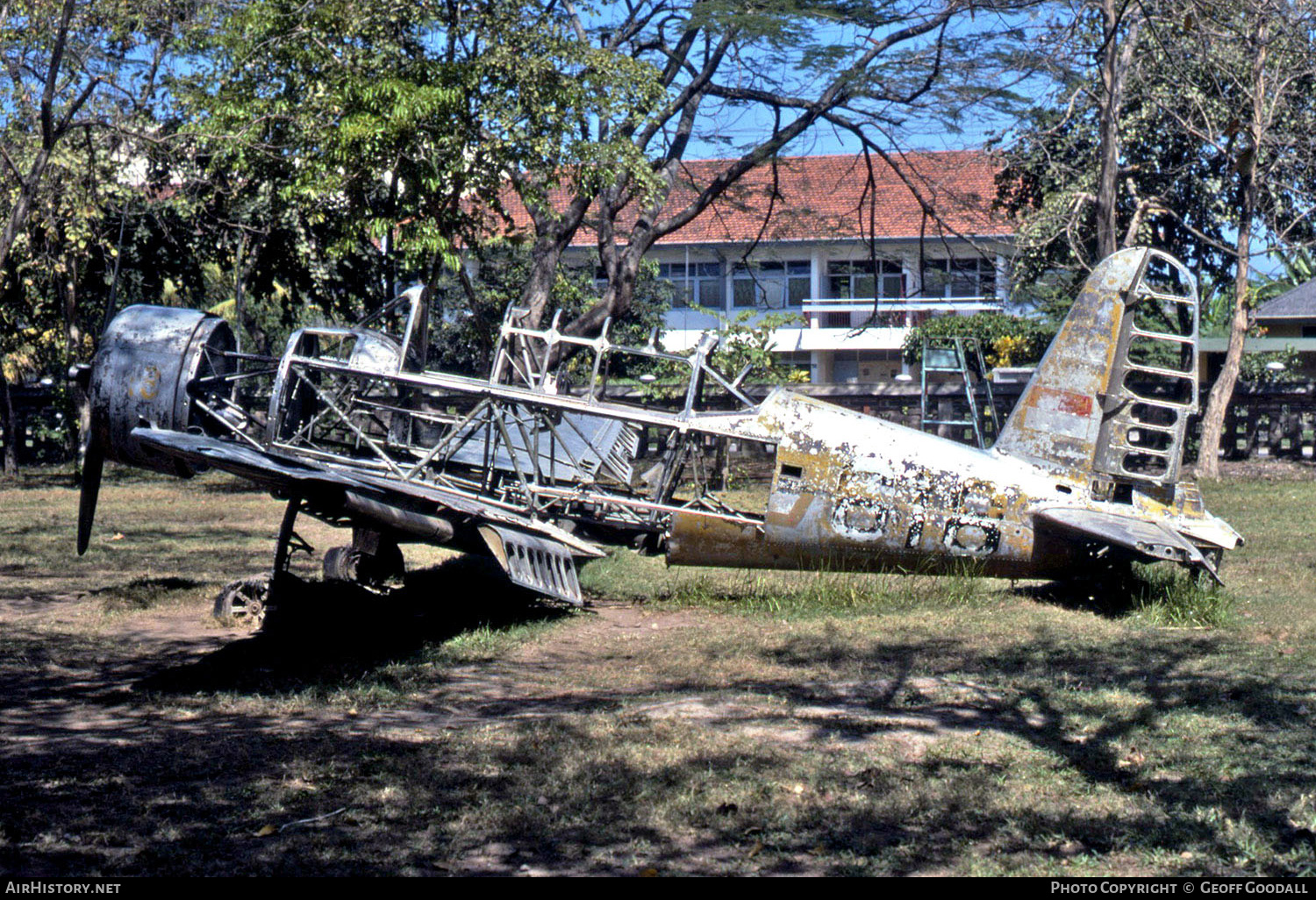Best Piper Aircraft - Thirty years ago, Piper Cherokee, also synonymous with Piper PA-28-140, started its journey from the assembly line at Vero Beach. The Cherokee 140 bids farewell to the popular tube-and-fabric designs adopted by previous airplanes that had been introduced by Piper in Lock Haven, Pennsylvania.
However, this airplane never aimed to secure a spot in aviation... Step up to a higher level of General Aviation performance with Cutter Piper Sales – your Piper Aircraft Factory Authorized dealer for Texas, Southern California, Arizona, New Mexico and Hawaii.
Best Piper Aircraft
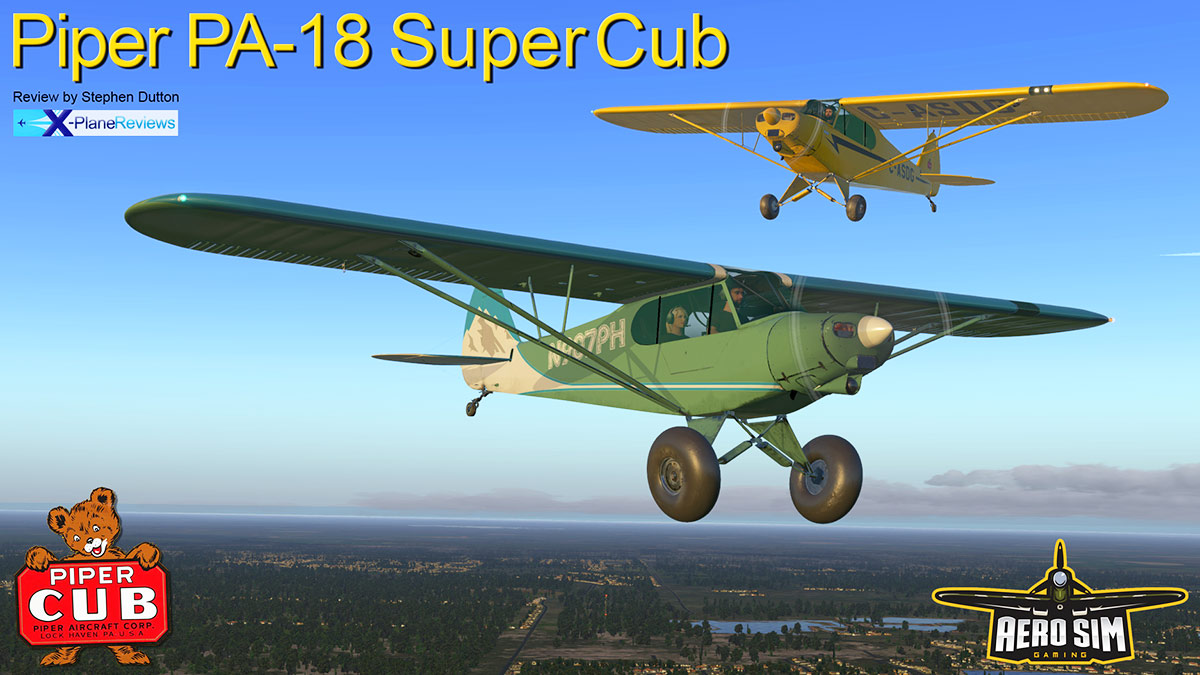
Piper produces one of the most diverse lines of General Aviation aircraft with models ranging from the six-place, high-performance M-Class line including Piper Matrix, Piper M350, Piper M500, and the all-new Piper M600/SLS to the six
-place Piper Seneca V twin and the economical four-place Piper Archer LX. And don't forget the diverse family of Flight Training aircraft available from Piper Aircraft including the Archer TX, Arrow, and Seminole. We invite you to explore the capabilities and value of Piper Aircraft with Cutter Piper Sales today.
The Pilatus PC 12 is built for versatility. It's perfect for business executives, with up to 10 passengers treated to a true office in the sky with the latest entertainment and communication devices. It's also one of the most versatile single-pilot turboprop planes used all around the world for business charters, air ambulance
, surveillance, law enforcement, and cargo transport. If you are looking for a multi-purpose powerhouse that can take you from gravel to grass or even more rudimentary runways, don't look past the Pilatus PC12. A brand-new Pilatus PC 12 costs about $5.5m.
The Cirrus Vision SF50, commonly referred to as the Vision Jet, is an extremely light jet with a single engine that was created and manufactured by Cirrus Aircraft in Duluth, Minnesota, in the United States. After beginning to accept deposits in 2006, Cirrus revealed a mock-up of an aircraft on June 28, 2007, and a…
Airplanes represent a sense of independence, giving you the freedom to go wherever you want, whenever you want. But let's face it, having your plane, say a Cessna, is a status symbol, the convenience of having a personal airplane is immeasurable give an example, if you commute every week between Louisiana and Texas on American Airlines, it…
The newest model, the Socata TBM 940 brings years of intelligent thinking into arguably the best single-engine turboprop. Fitted with the Pratt & Whitney PT6 engine, the 940 climbs and cruises faster than its predecessors without any increase in horsepower. This airplane is built for versatility and it's perfect for a family of 6 or business executives.
The TBM cruises at 300mph, climbs at 4000 ft/min, with a range of 2000 miles. If you are looking for a multi-purpose powerhouse that can take you from point A to point B quickly and efficiently, the Socata TBM 940 is for you.
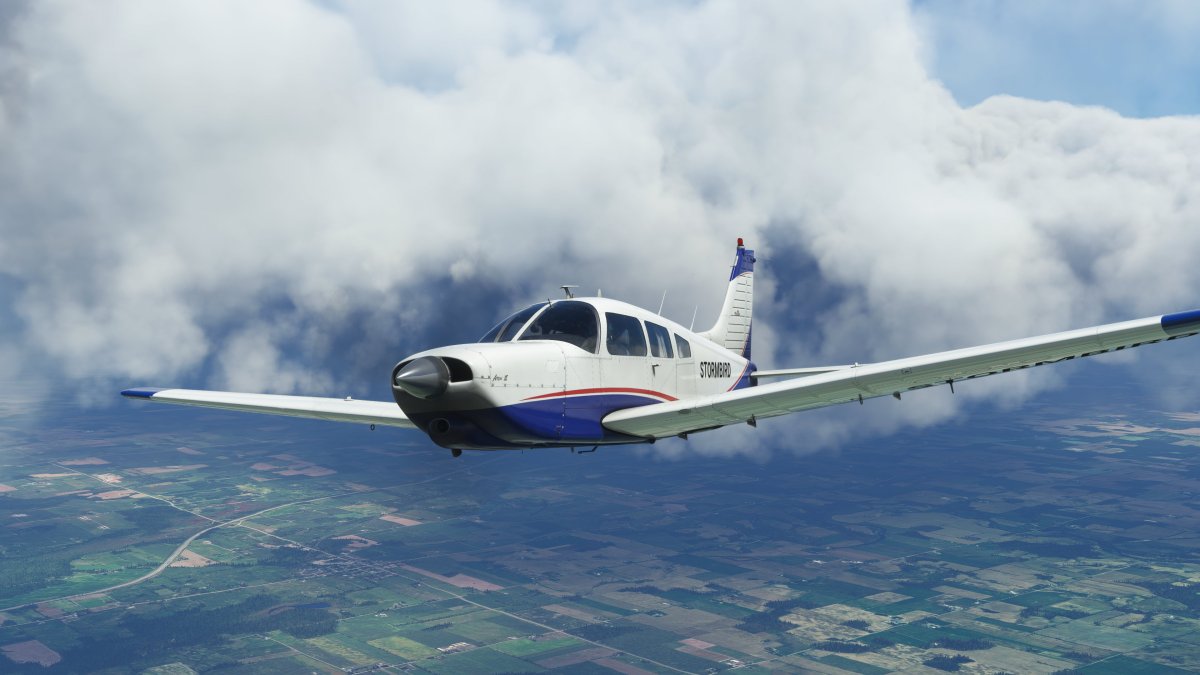
With $4.3m, you can have this aircraft brand-new. Any cookies that may not be particularly necessary for the website to function and is used specifically to collect user personal data via analytics, ads, other embedded contents are termed as non-necessary cookies.
It is mandatory to procure user consent prior to running these cookies on your website. The Piper Seneca is a twin-engine light plane manufactured by Piper Aircraft in the United States. Since 1971, it has been produced continuously.
The development history of Piper Seneca is quite intriguing. It started as a tri-engine and now flies as a renowned light two-engine commuter. The modern Seneca V model consists of a low-wing, six-seat aircraft with retractable gear and two turbocharged engines of the Continental TSIO-360-RB.
On 11 December 1996, the latest Piper Seneca V was certified as a 1997 model. When it gained its FAA certification in 1971, this prototype became Piper Seneca 1, and production began later that year. Piper manufactured almost 1000 of these aircraft over a period of three years.
In those days, the Company got numerous handling complaints - tricky and lateral oscillations noted by some pilots. Piper was therefore responsible for designing the Seneca II PA-34–200T. It was named "T" by introducing 200hp turbocharged Continental TSIO-360E engines, thus enabling Seneca to function better at high altitudes.
This model, which was released in 1975, had considerably improved flight control systems that addressed all previous problems. The performance of the Lancair Mako is great, and it is one of the fastest four-place personal airplanes in the market today.
Starting with a sturdy composite airframe that's built to stringent utility class standards, the Mako is designed for the long haul. The Lancair Mako uses the 350hp Continental IO 550 turbo-charged engine, which helps it to seat four people and cruise at 225 knots or 417km/h, climb at 1900 ft/min, with a range of 1100 nautical miles.
If you want speed and lots of speed, this aircraft is for you. The Piper Meridian is a master of both short and long-range missions, the Piper Meridian brings together the highly trusted Pratt and Whitney PT6 turbine engine and Garmin's advanced avionics to yield a flight range over 1,000 miles at an altitude of 30,000ft.
The price for a brand-new Piper Meridian is about $3m. If you want something luxurious and cost-effective, this airplane is for you. Alexander Kuzmanovic became a Regional Aircraft Sales Manager with Cutter Aircraft Sales in 2009, previously holding the position of Manager of Aircraft Management & Charter Sales.
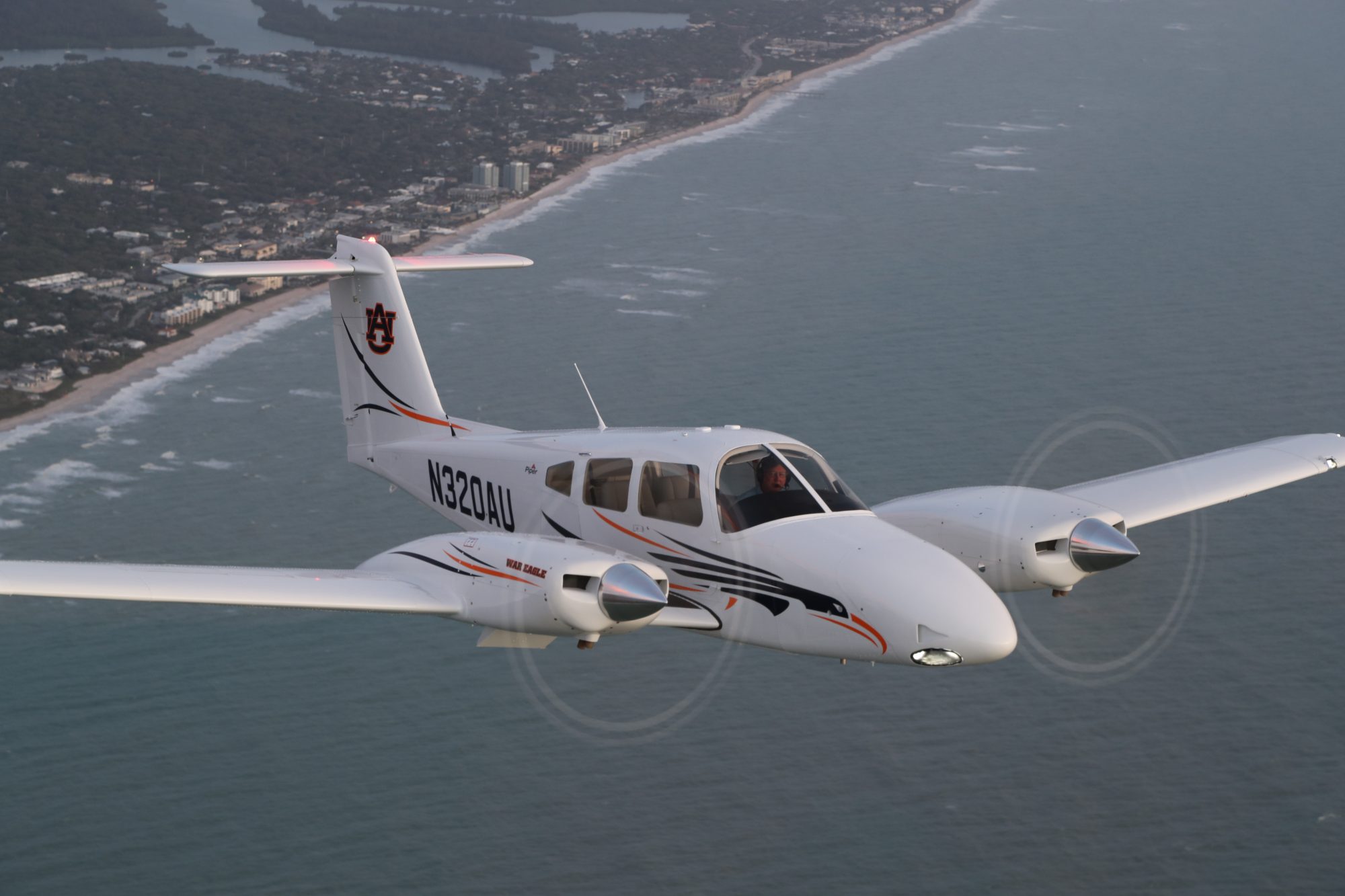
He was also responsible for pre-owned piston and pre-owned turbine aircraft sales. With a strong background in Aviation, Alexander was previously a Regional Sales Director for Hawker Beechcraft representing Northern California & the Pacific Northwest prior to coming aboard the Cutter Aviation team.
The Vans RV-10 is a true four-person airplane, this means that it will carry four full-grown adults, full fuel, and sixty pounds of baggage while remaining at or below maximum gross weight. In the Vans RV-10, you
can comfortably cruise at 197 mph, with a range of 825 miles, using the 260hp Lycoming IO 540 engine. If your mission includes more than two people, and you like planes that perform and handle well, this airplane is for you.
With a little over $130,000, you can build this aircraft yourself. The content of this website (graphics, text and any and all other elements) is © Copyright 2023 by Piper Aircraft, Inc., and may not be reprinted or retransmitted in whole or in part without the expressed written consent of Piper Aircraft, Inc.
American two-seat, fixed-gear, high-wing general aviation airplane, the Cessna 152. It is mostly used for personal use and flying training, for which it is ideally suited given that it is rather simple to fly and reasonably priced.
Based on the previous Cessna 150, this later model added a few modest design tweaks as well as… The Pipistrel Panthera is undoubtedly the most efficient four-seat airplane. It achieves unprecedented efficiency through careful aerodynamic shaping and lightweight advanced composite structure.
The Panthera uses the 260hp Lycoming IO 540 engine, which helps it to cruise at 230mph, climb at 1300ft/min, with a range of 1000 miles. If you need a highly efficient speed machine, the Pipistrel Panthera is for you.
Buying this plane brand new will cost you about $600,000. The Beechcraft Baron is one of the best family personal airplanes in the market today, I consider this plane a flying SUV. It's a favorite among private pilots to fly, and it's certainly built to handle more than just private aircraft use. The Beechcraft Baron has long been related to accuracy craft that appeals to each pilot and passengers alike.
This aircraft cruises at 230mph, climbs at over 1500 ft/min, with a range of 1700 miles. With $1.4m, you can buy this airplane brand new. If your flying needs involve flying with your whole family, the Beechcraft Baron is for you.
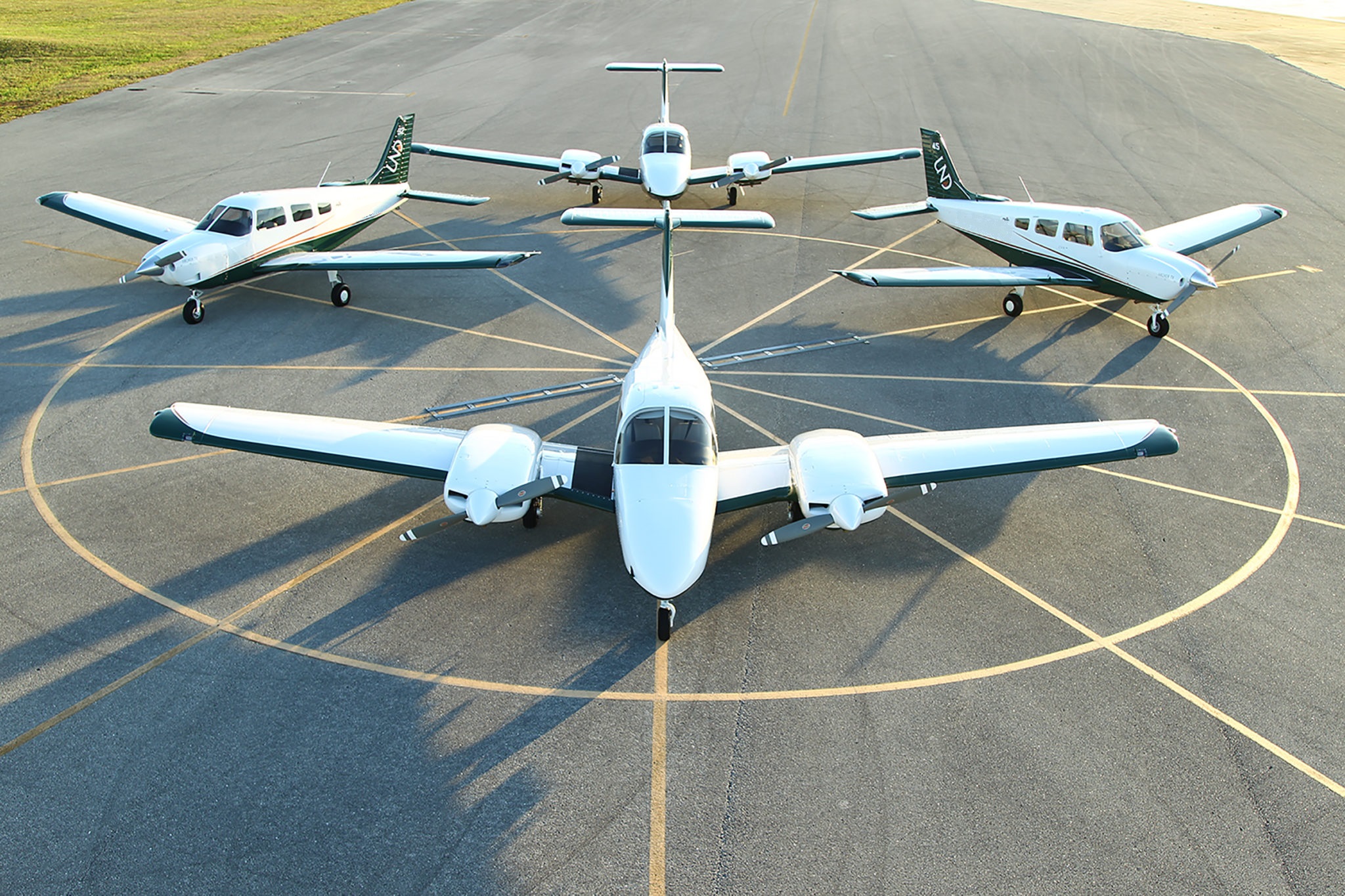
Business jets are becoming more popular. They are perfect for the individual executive who needs privacy and comfort but also needs to travel frequently. The business jet age started with the Gulfstream III in 1972. Since then, the business jet has evolved into the aircraft you see today.
With the introduction of the new Gulfstream… Buying a personal aircraft is a huge decision because these big-ticket items require hefty operational expenses. Despite their traditional propellers turboprops aircraft provide great power to weight ratio compared to the much cheaper piston engines.
While jets may be able to fly at higher altitudes. They can be inefficient when it comes to fuel consumption... Earlier, Piper Senecas had a valuable load of 1,700 pounds. However, limitations of 1,400 pounds will restrict you with everything added up to the latest Seneca.
Seneca is limited to around 50 gallons of fuel with total passengers. This modification offers the Piper Seneca 90 minutes of flight time with a fuel reserve of 30 minutes and burns at a cruising range of around 24 gph.
Cruising at 188 knots produces a range of 280 nautical miles – most charter activities are restrictive. Similarly, the range is 828 nautical miles in the Seneca. For efficient loading, baggage payloads can be split intelligently into the nose and back compartments.
The Sling TSi was built to be the most practical and desirable lightweight four-place experimental aircraft on the market, and it has been critically acclaimed for its capabilities, effortless handling, and all-around functionality. It comfortably seats four with luggage and still cruises
effortlessly and efficiently, making it the ultimate in affordable cross-country flying. Using the 141hp Rotax 915 engine, cruise speed is 148knots, 1000ft/min climb rate, and a range of 900 nautical miles. If you want a highly efficient modern four-seat design, the Sling TSi is for you.
If every trip you take begins with deciding what and who to leave behind, the PC-24 Pilatus may be the ideal airplane for you. You can load up any stuff, your friends, family, colleagues, and still carry enough fuel to fly at least 1,000 nautical miles.
Pilatus Aircraft started manufacturing the PC-24 Pilatus Medium Jet… Bryant is married and has two young daughters. He is an avid outdoorsman and loves fishing, hunting, and flying. With over 2000 flight hours, most of which are in Piper aircraft, he is an accomplished pilot and is exceedingly familiar with the entire Piper line.

He possesses both the technical background and flight experience to help clients navigate the purchase of their new Piper aircraft. Shortly after graduation, Bryant was hired on as the Delivery Specialist for Piper Aircraft in Vero Beach, FL.
It didn't take long for his hard work and professionalism to be recognized. He was quickly promoted to Supervisor and then Manager of the Aircraft Order and Delivery Department. His latest position as Sr. Manager, Product Marketing allowed him to be the voice of the customer and made significant improvements to the entire product line.
During his twelve-year tenure with Piper, he developed an intricate understanding of all their products, including the manufacturing and assembly of the aircraft. More than 40 years, more than 5,000 Piper Seneca aircraft have been produced and are still in production today.
This plane has survived bankruptcy and a considerable change in the aviation industry, where most companies relinquish piston twins and opt for individual turbines. The airplane is also licensed for the EMB-810 Embraer in Brazil and the M-20 Mewa in Poland.
Depending on the option, the Piper PA-34-220T Seneca V will run around $750,000 new. In 2011 Cutter Aircraft Sales expanded to Carlsbad, CA and established Cutter Piper Sales, the Piper Aircraft dealership for Southern California, Arizona, New Mexico and Hawaii at McClellan-Palomar Airport (CRQ).
Alexander relocated to the new offices at that time and additionally became a Regional Sales Manager for Cutter Piper Sales. He is responsible for the sale of new & pre-owned Piper aircraft. Annie is a graduate of the University of Texas at El Paso and has a Bachelor of Business Administration with a minor in Management.
Annie joined Cutter Aviation in 2003 as a Customer Service Representative, and joined the Aircraft Sales team in January 2016 as Aircraft Sales Administrator. Since the first PA-34 was rolled out of the Piper factory in 1971, Seneca has continuously maintained continuous production, combining a robust airframe with a host of modifications and upgrades.
The highly advanced Piper Seneca delivers what many pilots regard as the perfect characteristics of an avionics airplane: two power and system redundancy engines, good performance, safe handling, ice protection, and a wide range of comfortable cabins.
The Bristell B23 is a popular modern trainer used by flight schools. This plane features a lovely glass cockpit, visibility is great, and the use of a Rotax engine makes it highly efficient and economical. This aircraft uses the 100hp Rotax 912 engine, which helps it to cruise at 130 mph, climb at 700 ft per minute

, with a range of 800 miles. If you want an excellent modern training platform, certified for Night VFR, a plane that will also deliver lower operating costs, the Bristell B23 is for you. With $230,000, you can get Bristell B23 brand new.
The Cessna 172 Skyhawk is more suited to cross-country flying. Due to its stable design, if its position in the air is disturbed by turbulence or an accidental touch of the controls, it has a strong tendency to return to its original position without any input from the pilot.
With a useful load of nearly 900 pounds, you can comfortably fit in 4 persons plus some luggage and comfortably cruise at 140mph over 800miles using the 160hp Lycoming IO 260 engine. If you need a great trainer with forgiving flight characteristics and great visibility, the Cessna
172 Skyhawk is for you. Providing strong, fast, and simple aircraft has been the number one goal of Mooney Airplane Company since day one, and all of this is evident in its legendary aircraft called Mooney M20.
A Brief History of Mooney M20 Mooney Airplane Company has manufactured numerous aircraft for varying markets across the world. But the Mooney M20… A native of Chicago, IL, Alexander is a graduate of the prestigious United States Air Force Academy and holds an FAA Certified Flight Instructor License with Instrument and Multi-Engine Instructor Ratings and also holds a Commercial Glider license.
Wow! This could be one particular of the most beneficial blogs We have ever arrived across on this subject. Basically Wonderful. I am also an expert in this topic so I can understand your hard work.
The Beechcraft Bonanza is considered one of the most popular aircraft. This American general aviation airplane was first introduced by Beech Aircraft Corporation in 1947. The company has a facility in Wichita, Kansas, USA. This single-engine, a six-seater airplane is still being generated by Beechcraft and has been in constant production longer than other airplanes…
These are the Cessna Corvalis & the Corvalis TTx Both Corvalis personal airplanes use the same big 310hp Continental IO-550 engine. Both are great and fast planes, capable of fast nonstop trips like New York to Atlanta, New York to Toronto, Miami to the Bahamas.
Or Los Angeles to Las Vegas. If you need to cover long distances fast, the Cessna 400 Corvalis TT is for you. These models cost around $500,000 to $800,000 because they are no longer in production, you can only buy a used model for less.
piper aircraft price list, piper planes, piper aircraft model list, types of piper aircraft, piper aircraft model history, piper aircraft in production, piper plane for sale, piper m600 wikipedia











